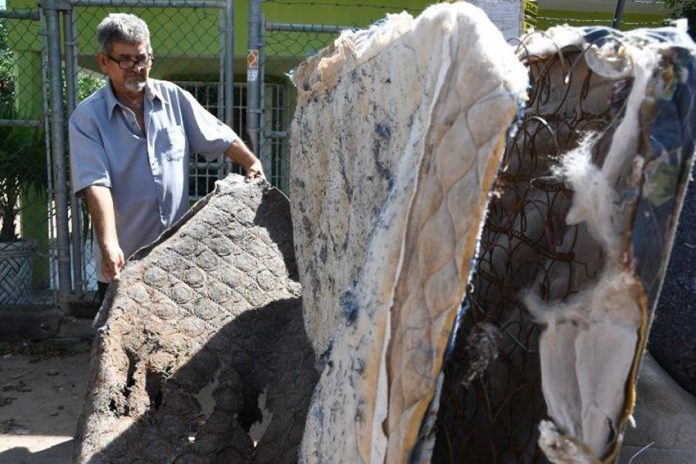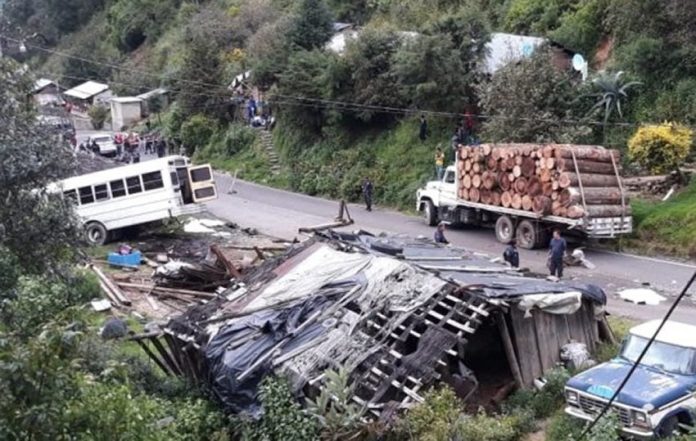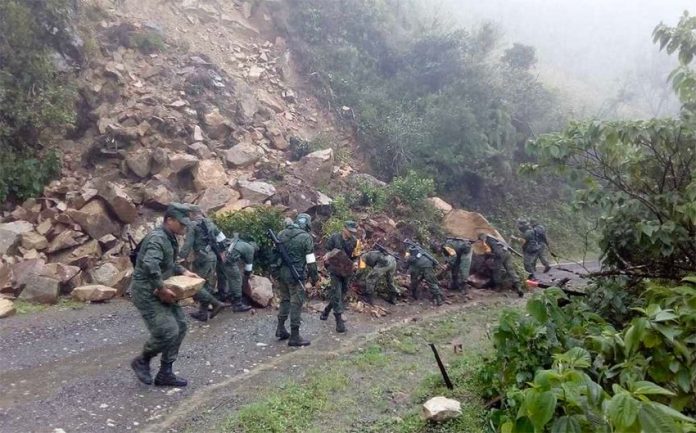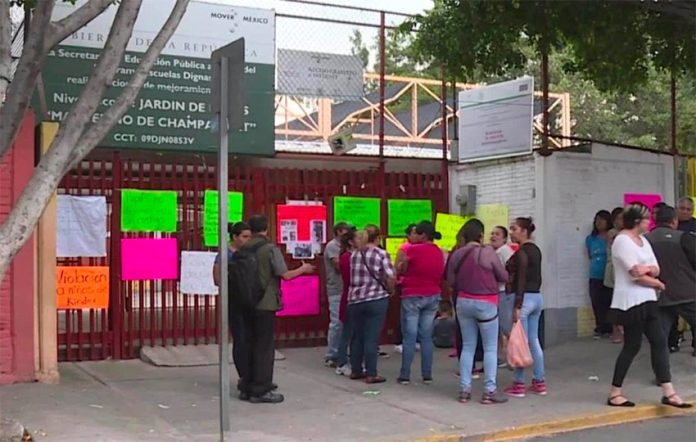The first 100 Honduran migrants crossed the Mexico-Guatemala border this morning at Ciudad Hidalgo, Chiapas, where they applied for refugee status from the National Immigration Institute (INM).
They are part of a migrants’ caravan that left Honduras a week ago to travel to the United States to seek work and flee from crime and poverty. The caravan has since grown to numbers that some estimates put as high as 4,000.
The Mexican ambassador to Guatemala said this morning that the travelers are being asked to cross the border in groups of 100 to 150. Luis Manuel López said the migrants seeking refuge will be sent to a shelter to wait for their applications to be reviewed, a process that can take up to 10 days.
If approved, they must wait a further 45 days to receive their official refugee status, he explained.
One group of about 500 people arrived yesterday in the Guatemalan border town of Tecún Umán, a town on the southern bank of the Suchiate River across from Ciudad Hidalgo, Chiapas, 35 kilometers southwest of Tapachula.
The newspaper Milenio reported that the majority of the group were going to wait for other members of the huge caravan to arrive before trying to cross the border.
It is unclear how many of the migrants have visas that are required to formally enter Mexico.
The federal government said Wednesday that if migrants enter the country illegally they will be detained and deported.
A large contingent of Federal Police officers has been sent to Chiapas to help secure the border area.
Some migrants succeeded in crossing into Mexico yesterday and are continuing their northward journey towards the U.S.
Foreign Affairs Secretary Luis Videgaray said after a meeting with United Nations officials yesterday that the UN Refugee Agency (UNHCR) has agreed to help attend to the migrants.
The immigration institute said yesterday that it would only offer 50 appointments per day to hear refugee requests and that migrants would have to wait in Guatemala until they can be assessed.
A large number of women, children and elderly people are part of the group that arrived in Tecún Umán, where they stayed last night in a migrant shelter or in the town’s central park.
Many of the migrants received treatment from the Guatemalan Red Cross for blisters and other injuries to their feet caused by countless hours of walking.
Among the worst cases was that of a 65-year-old Honduran man identified only as José Luis, who suffers from kidney disease for which he requires dialysis.
Yet he remains intent on reaching the United States, where he hopes to find work so that he can send money back to his family in the notoriously dangerous city of San Pedro Sula.
Not all are from Honduras. A young man from El Salvador who was among those who arrived in Tecún Umán told the Associated Press it was his third attempt to enter the United States. He hopes to land a construction job in Los Angeles, California.
Despite an increased police presence on the Mexican side of the border, Milenio reported that people continued to cross the Suchiate River yesterday without going through official immigration checkpoints.
Rafts made out of wooden planks attached to inner tubes of tractor tires ferried undocumented travelers across the river from Guatemala to Mexico, where prices for basic food items are much lower.
A member of the migrant advocacy group Pueblo Sin Fronteras (People Without Borders) was arrested in Ciudad Hidalgo yesterday.
The INM said in a statement that Ireneo Mujica, who said he is a dual Mexican-United States citizen, was detained after allegedly acting aggressively towards its officers and municipal and federal police.
However, Pueblo Sin Fronteras said that Mujica was detained “illegally, with violence and without an apparent motive” while participating in a peaceful march of solidarity with the migrant caravan.
The advance of the huge caravan, the second this year, has once again infuriated United States President Trump, who yesterday threatened to deploy the military and close the United States’ southern border.
In response, former Mexican president Vicente Fox, a frequent Trump antagonist, took to Twitter to hit back at the U.S. president and also to take a swipe at president-elect López Obrador, who said that once he takes office visas will be offered to Central Americans who want to work in Mexico.
“About the caravan: as always, @realDonaldTrump [is] demonstrating his lack of humanity, straight away resorting to aggression as a response and here @lopezobrador_ [is] offering something we don’t have, demonstrating his lack of vision. It’s clear here that extremes don’t work,” he wrote.
Source: Milenio (sp), Infobae (sp), Associated Press (en)









